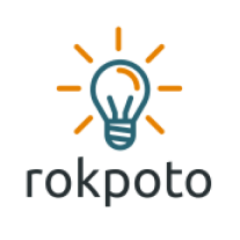Assume you want to clone a private GitLab repository in your GitLab pipeline. Let’s see how to do that. If you later find this article useful take a look at the disclaimer for information on how to thank me.
Why Clone Repositories in GitLab Pipelines?
You probably know why you need that. You have never done it and wonder why you may need it? For example, your GitLab pipeline may run some automation (e.g. patterns replacements, version bumps) on specific repositories. To perform the changes in the repositories, you first need to clone the repository in your pipeline, do some changes, then commit and push it. However first, you need to clone it. While cloning repositories manually is straightforward either using https or ssh url, cloning in GitLab pipelines requires a bit different url. Let’s see how it looks and a demo GitLab pipeline using it.
Clone Private Repositories in GitLab Pipelines Demo
Let’s have a look at a sample GitLab pipeline which clones another private repository. In addition, it makes a sample change, commits and pushes it. Note that cloning private repository requires authentication, while clone public does not. To authenticate you’d need to generate a personal or group access token of at least read_repository scope. Add the token to the GitLab project or group masked variables.
Below is the pipeline which uses the variable GITLAB_TOKEN.
stages:
- update_repo
build-job:
stage: update_repo
- git config --global user.email "[email protected]"
- git config --global user.name "Your Name"
script:
- echo "updating repo"
- git clone https://oauth2:[email protected]/[your_user]/[another_project_name].git
- cd [project_name]
- echo 'test' > test.txt
- git commit -am 'test'
- git push
- cd -Note above that to clone the repository you need to run:
git clone https://oauth2:[email protected]/[your_user]/[another_project_name].git where GITLAB_TOKEN is defined as the GitLab project or group masked variable.
Summary
That’s it about using clone private repositories in GitLab pipelines. As always feel free to share. If you found this article useful, take a look at the disclaimer for information on how to thank me.
You can also find below articles useful:
- GitLab Self-Hosted Runners Demo
- Get user’s permissions using kubectl
- Migration from Jenkins to GitLab
- Git Tricks: git commit –amend + git force –push
Recommended GitLab books on Amazon.
